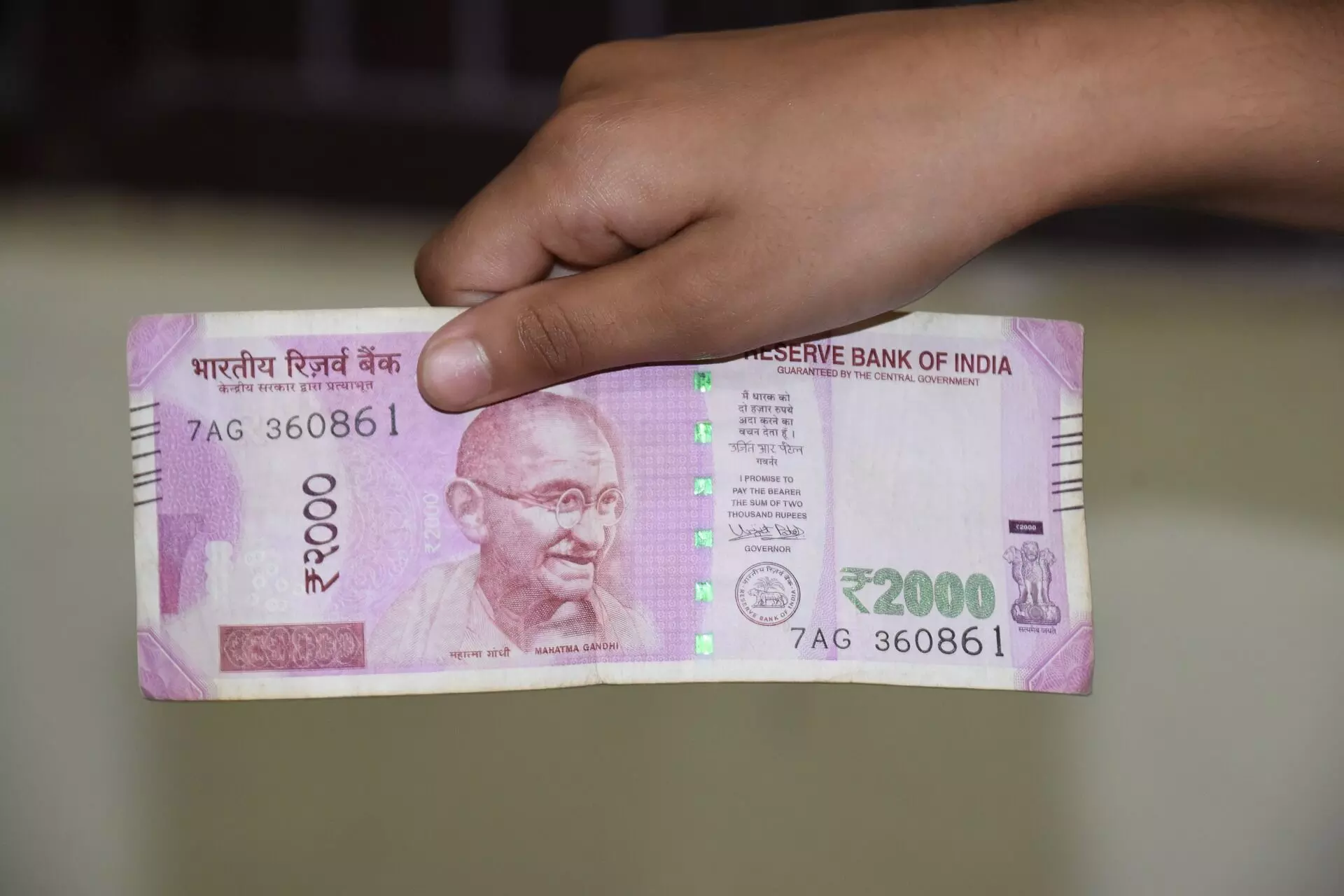Questionable urgency

The Reserve Bank of India’s (RBI’s) decision to withdraw Rs 2,000 denomination currency notes has elicited mixed response from the public and experts. The notes will continue to be a legal tender, and people can deposit the same till September 30 this year. However, there is little clarity over the status of the notes in question after the stipulated deadline. The significance of what could technically be called ‘RBI’s monetary policy measure’ extends much beyond in public perception. The reason is that it brings back the traumatic memory of the 2016 demonetisation exercise. The government had then abruptly banned 80 per cent of the money supply circulating in the economy in the form of Rs 500 and Rs 1,000 notes. The move had evidently caused extreme hardship for common masses. Experts are convinced that the Indian economy took years to come out of the shock delivered by demonetisation. Medium and small businesses were reported to have been severely hit, also impacting the overall employment scenario. Furthermore, there is still little clarity on whether the demonetisation move achieved its targets. Many economic experts remain doubtful, particularly as the government kept shifting its goalpost — from curbing black money to combating terror financing and facilitating a cashless economy. However, the current move to withdraw Rs 2,000 denomination currency notes, this time by the RBI, may not be as harsh as it was in 2016. There is very little reason to panic. In the first place, Rs 2,000 currency notes will continue to be legal tender, at least till September 30. Secondly, the proportion of the value of Rs 2,000 currency notes has dropped significantly among the overall pool of currency notes. The value of Rs 2,000 notes has declined drastically from Rs 6.73 lakh crore (37.3 per cent of notes in circulation) as on March 31, 2018 to Rs 3.62 lakh crore (10.8 per cent of notes in circulation) on March 31, 2023. It is reported that almost 90 per cent of Rs 2,000 denomination banknotes were issued before March 2017. However, critics have raised concerns about the potential impact of the current decision on the economy. They argue that withdrawing of the high-value currency note abruptly, irrespective of its share in overall value of money supply, can lead to disruptions in the cash-dependent sectors, especially in rural areas where digital infrastructure is still developing. The move could temporarily hamper the purchasing power of individuals and create hardships for those relying on cash for their daily needs. This line of argument is particularly relevant for cash-dependent sectors like real estate, which may have large volumes of the note in question. Possibility of concentration of the high-value note category only in limited sectors cannot be ruled out. As multiple crucial sectors are still struggling to get out of the combined impact of COVID-19 and a series of geopolitical crises, the timing of the RBI’s decision can certainly be questioned. It is also pertinent to deliberate on the degree of urgency for such a move at this point in time. One possible explanation could be that the purpose for which Rs 2,000 banknotes were introduced has already been served. Notably, the brand-new Rs 2,000 notes were introduced in 2016 under Section 24(1) of The RBI Act, 1934, with the main objective of filling the void left by the withdrawal of Rs 500 and Rs 1,000 notes. It is claimed that now adequate amounts of lower denomination currency notes have come in circulation — eliminating the need for Rs 2,000 bank notes. However, since the share of Rs 2,000 notes was already declining, it could have been left untouched to make it out of use organically. This could have staved off any repercussions on critical sectors of the economy. While the logic behind the withdrawal of Rs 2,000 notes appears justified, the urgency with which it is being done might be misplaced. In any case, the Government of India and the RBI should now act in tandem to ensure that any amount of undue hardship on people is avoided. It is imperative that banks and ATMs are adequately prepared to handle the increased demand for lower denomination notes. The withdrawal process, if carried out strategically and transparently, can prove to be a good move.



